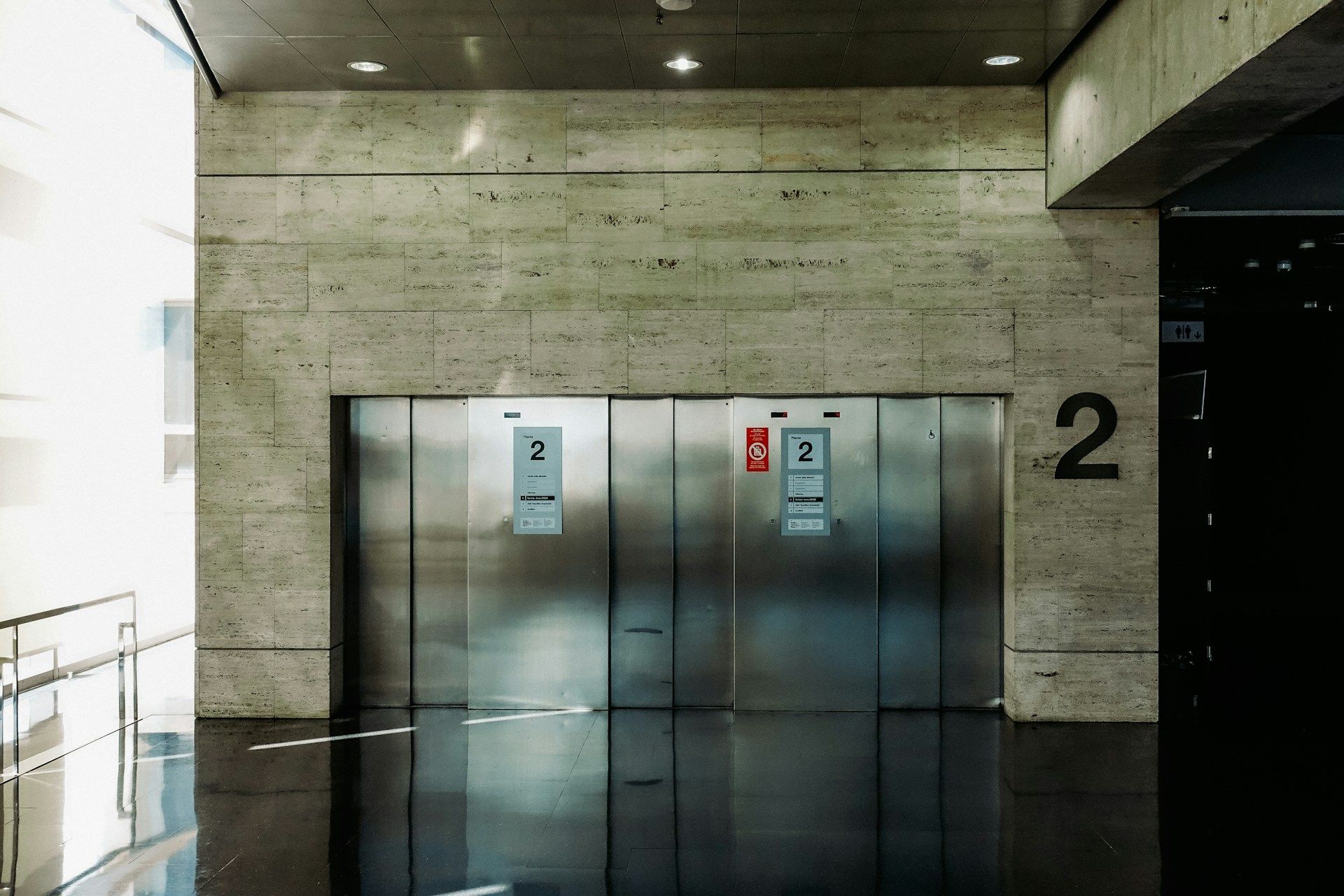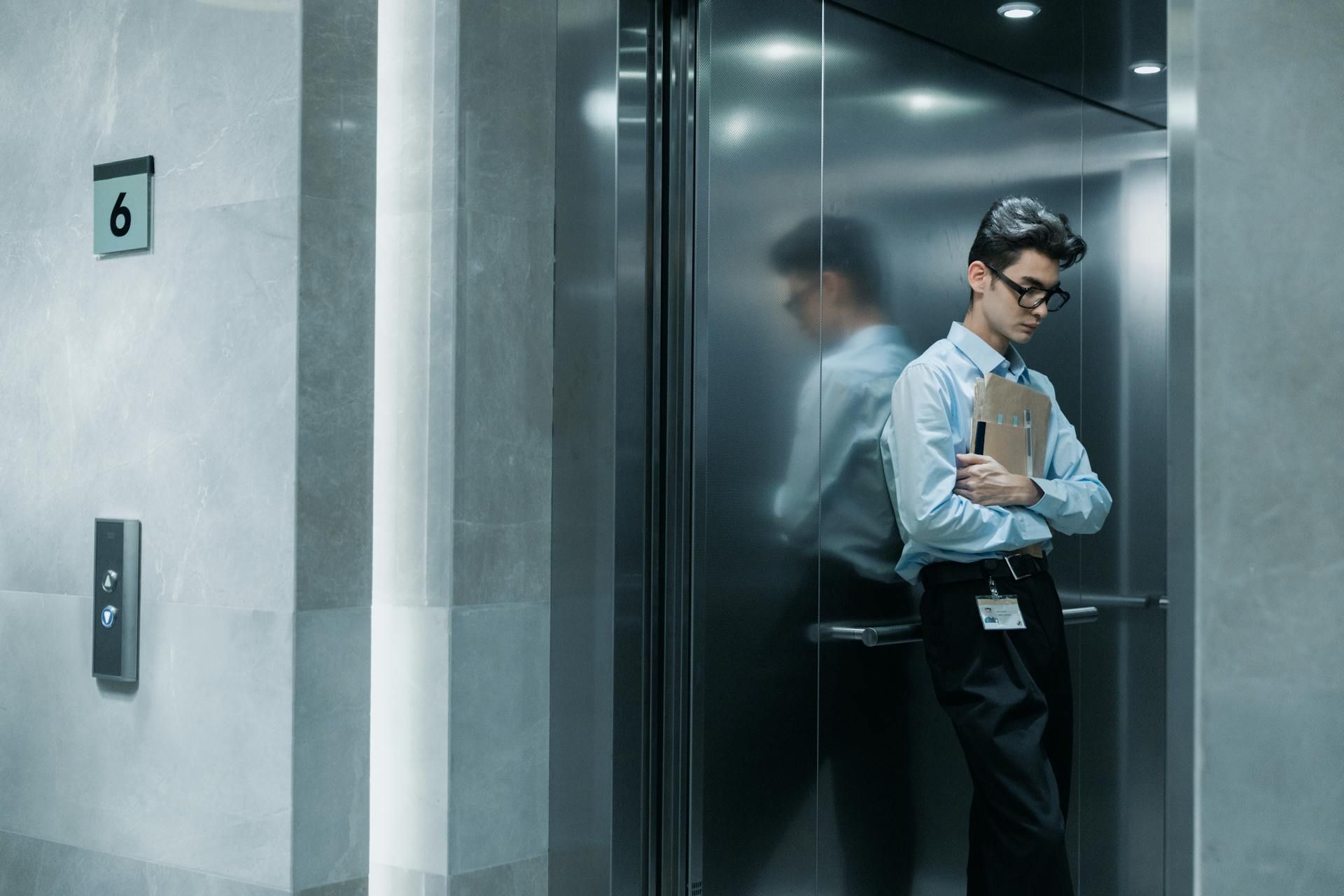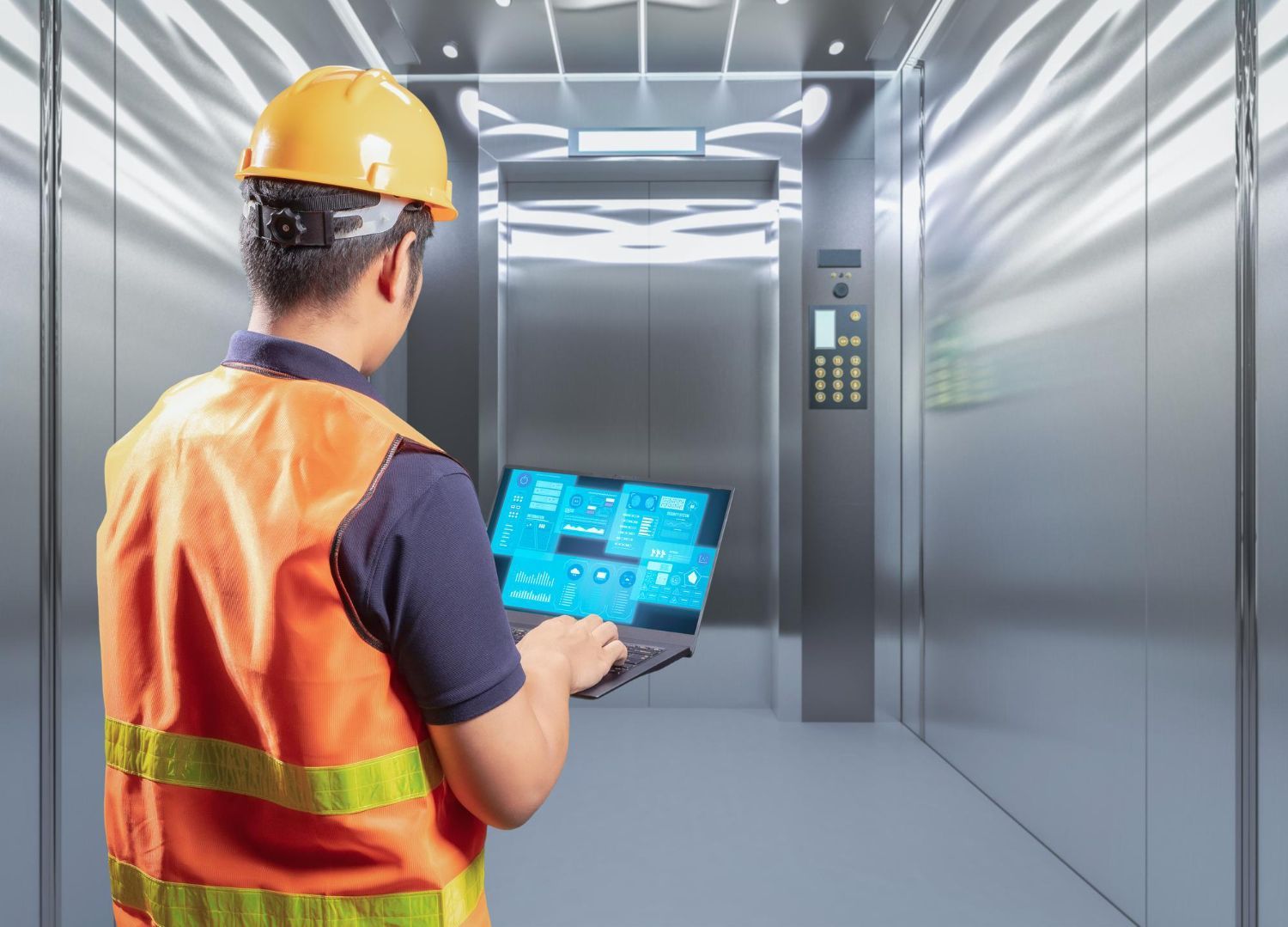Space Requirements and Considerations for Commercial Elevator Installation
Thinking about a commercial elevator for your building? There's a lot to consider before diving into this task. Planning makes sure everything goes smoothly and keeps things safe and efficient. Whether you're modernizing an old office or constructing a new commercial hub, getting the space needs right is key. Knowing the space needs helps avoid future headaches and sets the door for a seamless installation.
Here in Kentucky and Indiana, different factors come into play during a commercial elevator installation. With a list of must-dos and specific codes to think about, understanding these elements makes all the difference. Proper planning doesn't just make installation easier—it also ensures the elevator meets all safety and accessibility standards. Getting it right means looking at all angles and using the correct path from the start. Now, let's dig into the details!
Assessing Building Space for Elevator Installation
Getting your building ready for a commercial elevator starts with figuring out the available space. This step is all about snapping the space accurately and seeing where the elevator can fit best. Before making any big moves, you need to:
- Measure your space: Grab a tape measure and jot down the length, width, and height of possible elevator spots.
- Spot existing features: Keep an eye out for stairways, doors, and hallways that might get in the way.
- Plan around utilities: Make sure there's enough room for electric and plumbing systems to run without a hitch.
Still, sorting through this information isn't always clear-cut. That's why getting an architect or elevator pro on board helps. These professionals have expert advice on managing space constraints and making sure your new addition enhances the building's flow. Their tips can keep your project rolling smoothly without costly missteps.
With a plan in hand, you can begin to see how an elevator fits into your space. Considering such factors ensures the elevator works well with the building's current layout. Plus, thinking it through now pays off later by saving time, money, and avoiding hiccups during installation. So, start with a solid plan, team up with professionals for the best results, and let the assessment guide your elevator journey.
Understanding Code and Regulation Requirements
Once you've sorted out the physical space for your elevator, it's time to dive into the codes and regulations that will shape your project. In Kentucky and Indiana, local building codes are the backbone of safe construction and installation. These rules guide everything from structural integrity to elevator operation, ensuring that your new addition meets all legal standards.
First on the list is understanding the Americans with Disabilities Act (ADA) compliance. This law guarantees accessibility for everyone, regardless of physical ability. Your elevator must have certain features, like wide doors, accessible control panels, and appropriate handrails. By following ADA guidelines, you keep your building welcoming to all visitors.
Next up are fire safety regulations. These rules don't just help in emergencies; they also dictate how an elevator should be designed concerning fire protection. This aspect involves installing fire-resistant materials and having systems in place to prevent smoke from entering the elevator shaft. It's essential to ensure the elevator integrates seamlessly with the building's fire safety systems.
Overall, being thorough about building codes and regulations might seem like a chore, but they are there for good reasons. They protect people, maintain quality standards, and prevent potential future issues.
Choosing the Right Elevator Type
Selecting an elevator type goes beyond just picking the first one you see. Each building has unique needs that make it fit for a specific kind of elevator. Two common types are hydraulic and traction lifts, each presenting its own advantages based on the building's specifications.
Hydraulic elevators are often favored for low- to mid-rise buildings due to their simplicity and lower cost. They use a piston driven by hydraulic fluid to lift the elevator car. While they're slower than traction types, they're perfect for buildings where speed isn't the top priority.
Traction elevators, on the other hand, use cables and counterweights to move the elevator car. These are more suitable for high-rise buildings, offering quieter and faster operation. They're also energy efficient, which can be a big plus for buildings focusing on sustainability.
Your building's space and type will guide your choice. But don't forget the benefits of choosing energy-efficient models. They not only help save on energy costs but also promote a greener approach, which is increasingly important in modern construction. Weighing these options carefully ensures you pick an elevator that fits both your current needs and future growth.
Safe and Efficient Elevator Operations in Your Building
Choosing the right commercial elevator involves careful planning and consideration of various factors, from assessing available space to adhering to codes and selecting the right type. Ensuring that each aspect aligns with your building's unique needs will produce a seamless installation process. By understanding and planning for these elements, you promote safer and more efficient elevator operations.
With thoughtful planning and the right partners, your commercial elevator will not only enhance the functionality of your building but also provide safe and accessible transportation for all users. This proactive approach guarantees that your elevator investment pays off in performance and reliability.
Thinking about a new approach to commercial elevator installation and need expert advice? Trust Elevator Solutions Inc. to help you choose the ideal setup for your building's unique needs. Discover our insights on selecting the right type of elevator and ensure compliance with all local codes and regulations. For more details on how we handle installations, check out our detailed guide on
commercial elevator installation. Let us guide you towards a seamless and effective installation—with options that align with your building's future requirements.



